Igor Stravinsky – his BIOGRAPHY and his PLACES
Igor Stravinsky a biography in words and pictures.
The places where Stravinsky worked and the most important people of his life.
Biographic timetable (Click for more informations)
RUSSIAN YEARS
Stravinsky was born in 1882 in Oranienbaum, about 30 km from St. Petersburg into a well-to-do family. His father was a gifted musician and bass at a musical theater. Stravinsky was a gifted pianist and by the age of 15 had mastered Mendelssohn’s Piano Concerto. His father, however, wanted him to study law, which he did and successfully completed in St. Petersburg.
Igor Stravinski at the age of 19:
There he met Rimsky-Korsakov’s son, who arranged for him to meet his father, who recognized Stravinsky’s talent and advised him not to attend the conservatory. Instead, at age 23 (1805), Stravinsky became a student of this Russian master, whom Stravinsky considered his second father. His biological father had died in 1902. Rimsky-Korsakov died in 1908.
Rimsky-Korsakov:
Stravinsky married Ekaterina Nossenko, his first cousin, at the age of 23.
Igor and Ekaterina:
The two were able to build a house on Ekaterina’s father’s estate in Ustiflug (present-day Ukraine) , where the two spent the warmer seasons. There, in 1906, their first child was born and Stravinsky began composing his first masterpieces. At a concert in St. Petersburg, the theater entrepreneur Diaghilev heard Stravinsky’s Scherzo and Feu d’artifice and requested a commissioned work, Oiseau de feu (Firebird), for his Paris season of the ballets russes.
Stravinsky-house in Ustiflug (today Museum Stravinsky):
STRAVINSKY BECOMES WORLD FAMOUS WITH THE COMMISSIONED WORKS FOR THE BALLETS RUSSES
Stravinsky first came to Paris in 1910 for his “Firebird” for the Compagnie des Ballets Russes. In the next few years he returned repeatedly for the follow-up projects of this ballet troupe of the Russian Dhiagilev. The performance of “Sacré du printemps” became the Theatre scandal of the century (see below) and made the 31-year-old a celebrity in one fell swoop.
Strawinski with Diaghilev:
Strawinski visits Debussy in his house:
Théâtre du Châtelet: Birth of the Ballets russes
In 1909, musical history happened in this theater: the modern ballet was born. In the theater, opened in 1862, the Russian impresario Diaghilev presented his “Ballets russes” for the first time in Paris. The stars of the Russian Mariinsky Theater, Vaslav Nijinsky and Anna Pavlova danced under the choreography of Michel Fokine. Actually, at this time, the ballet is dead, frozen in her characters. Fokine frees it from empty pirouettes, Dhiiaghilev unites it into a total work of art of dance, music and stage design, and Nijinsky becomes the “god of dance”. Parisian audiences go crazy for the ballets and dress extravagantly for the performances like the dancers on stage. Diaghilev discovers Stravinski and commissions him to write the Firebird (“l’oiseau du feu”) for the 1910 season (for the Palais Garnier) and Petrushka in 1911 (again at the Châtelet). Stravinsky’s music hits and the 28-year-old becomes a celebrity.
The Dancer of the Firebird:
Théâtre du Châtelet:
Théâtre des Champs-Élysées: the scandal of the century
For the 1913 season, Dhiagilev moves to the newly built Théâtre des Champs-Élysées. The piece presented is Stravinsky’s “Sacré du printemps.” Already the theme of the ballet, a ritual murder of a young woman, casts its shadow. Fokin’s choreography, Nijinsky’s shocking dance, the costumes and, above all, the never-before-heard sound of Stravinsky’s music catapult the work into the modern age. The frenzy of the audience is gigantic, opponents and supporters hoot, whistle and get into each other’s hair during the performance, which turns into the biggest “theater scandal in history”. Only the conductor keeps cold blood and conducts the work to its end. The evening is nicknamed “Massacre du printemps”.
Sacré du printemps, Original costumes:
Théâtre des Champs-Élysées:
https://www.theatrechampselysees.fr/
Stravinski fountain
In memory of the famous Ballets russes, the city of Paris had a Stravinsky fountain built near the Centre Pompidou, which became a conspicuous and popular photo subject in Igor Stravinsky Square. It was designed by Jean Tinguely and Niki de Saint Phalle and installed there in 1983. It consists of more than a dozen figures animated by water, all of which have a reference to Stravinski and his work, such as a firebird.
Stravinski fountain:
COMPOSER YEARS ON LAKE GENEVA
The World War ended the phase of the Parisian ballet and the Stravinsky family spent the war years with their 4 children in Switzerland.
With the first work commissioned for Paris, the Firebird, Stravinsky already had changed his winter residence to Lake Geneva. On the one hand because his wife appreciated this mild place due to health problems and on the other hand because the impresario of the Ballets Russes, Dhiagilev, had temporarily set up camp in Lausanne.
Stravinsky worked on many important works during this time (Sacré du Printemps, les noces, l’histoire du Soldat, etc.) and became friends with the conductor Ernest Ansermet, who became an important promoter of his works and who premiered seven of his works until 1930.
Ernest Ansermet:
Likewise he found a cordial relationship with the writer Ramuz, who wrote the text for L’histoire du Soldat, based on a Russian tale.
Stravinski and Ramuz:
Villa Rogivue (today Maison d’Igor)
Most of the houses or hotels where the Stravinskis lived are no longer standing, but the beautiful Villa Rogivue can still be seen in its full splendor in a park. Stravinsky lived here with his family from 1915-1917, and it currently houses a beautiful restaurant and inn and is called “La maison d’Igor”.
Villa Rogivue (historic):
La Maison d’Igor:
YEARS IN THE FRENCH PROVINCE
Stravinsky loved the arts and always sought collaboration with representatives of other artistic genres. His friendships with Jean Cocteau and Pablo Picasso became famous, and they also spent time together in private when they explored Rome and Naples together.
Cocteau, Picasso, Stravinsky (from left to right):
Cocteau wrote the libretto for Oedipus Rex and with Picasso he realized, among other things, a Pulcinella production in Paris, where the latter was responsible for costumes and set design:
Sketch for Pulcinella by Pablo Picasso:
In 1920 Stravinski, who was in money trouble, moved to Granches near Paris at the invitation of Coco Chanel to her Villa Bel respiro. Coco Chanel had sat in the auditorium at the premiere of “Sacré du printemps” and met the composer. Chanel and Stravinski probably had an affair during his stay in Granches.
Coco Chanel:
In 1921 Stravinsky moved with his family to Biarritz with the financial support of his patrons (including Coco Chanel and Eugenia Errazuriz), . Stravinsky’s financial dependence was due to the Russian Revolution, due to which Stravinsky was no longer able to access the royalties of his ballets in Russia (Petrushka, Sacré du Printemps, Firebird).
The choice of residence was made because of the mild climate, the healthy air and its positive influence on his wife’s health, and because there was already a large colony of Russians in this fashionable place (see below).
Stravinsky had entered into a contract with the Pleyel piano manufacturing company in Paris during this time. They had provided him with an office there, and Paris became his second home, where he maintained his relationship with mistress Vera de Bosset, who (with his wife’s knowledge) also accompanied him on his travels.
With Vera de Bosset (1939):
Finally, in 1924, “tired of the winter storms”, the Stravinskis left Biarritz for Nice.
Strawinski in company:
Stravinsky’s residence on the Rue de la Frégate Biarritz
The Stravinsky family lived in this villa and the Russian composed important works here.
Stravinsky’s villa:
Orthodox Church
In the second half of the 19th century, a Russian colony began to form in Biarritz. Rich aristocrats built villas and spent there mainly the “Russian season” between September and November. In 1892 the magnificent Orthodox church was opened. When the revolution broke out in 1917, many Russians found themselves in Biarritz, who were known as “White Russians”.
Orthodox church in Biarritz:
https://www.eglise-orthodoxe-biarritz.com/
Villa Belza
The name of the villa comes from Basque “belza” which means “black”, it was the second name of the wife of the builder. In the 1920s it became the social center of the Russians. In 1923 Stravinsky’s brother-in-law, Gregori Beliankin, converted the villa into a Russian restaurant and set up a cabaret where the Russians could have fun with Cossack choirs and theme nights just like at home.
Villa Belza:
TRAGEDY IN PARIS
After his years in the French Province, Stravinsky resided in Paris on Rue Faubourg Honoré from 1936 until the outbreak of World War II. He described these years as the saddest of his life. The family fell victim to tuberculosis. While Stravinsky had to be hospitalized for five months, his wife Ekaterina and daughter Ludmilla died of this disease. His mother too died in these years.
Stravinsky with his children (Ludmilla on the far left):
YEARS IN THE UNITED STATES
In 1939 Stravinsky decided to emigrate to the States together with Vera de Bosset. He had already been able to establish contacts in the 3 visits to America since the twenties. But the first thing Igor and Vera did was to marry in New York.
Igor Strawinsky and Vera de Bosset:
The two moved first to Beverly Hills, then to Hollywood, where they lived until the late sixties.
House in Hollywood:
Walt Disney was eager to work with Stravinsky to use the music of “Sacré du printemps” for his animated film “Fantasia” and together they realized this project. This led to Stravinsky reworking some of his works to secure royalties, as Russian exploitation rights were not accepted in the US.
Igor Strawinski and Walt Disney:
From the forties Stravinsky began to conduct and travel more. With the works for the concert hall (Symphony in C, Symphony in 3 movements, Concerto in D) he had composed an appropriate repertoire. With these works and the opera “The rakes progress” he ended his “neoclassical” phase, which was replaced by the serial late phase.
He conducted the premiere of “The rake’s progress” at the Teatro alla Fenice in 1951. It is a strange opera with the recitatives accompanied by the harpsichord, strangely composed tonally in these atonal times and at times reminiscent of Mozart, Handel and Donizetti. A throwback to times gone by.
In the 1950s he met the conductor Robert Craft, who became his artistic right-hand man until Stravinsky’s death.
In 1962, on the occasion of his 80th birthday, Stravinsky was honored by Jack and Jackie Kennedy at the White House with a medal and dinner.
Vera, Igor and the presidential couple:
He spent his last two years in New York. Finally, he died there in his apartment on 5th Avenue of heart failure triggered by pulmonary edema.
BURIED IN VENICE
San Michele Cemetery
At his own request, he was laid to rest next to his wife in this island cemetery in 1971, so that music lovers from all over the world could visit the grave.
Coincidentally (or perhaps not?), a few meters from Stravinsky’s grave stands that of Sergei Diaghilev, the famous impresario of the Ballets russes, who died in Venetian exile in 1929. At the beginning of his career, Stravinsky was commissioned by Diaghilev to compose his most famous works, the ballet The Firebird (1910), Petrushka (1911), Le sacré du printemps (1913) and Pulcinella (1920).
Strawinki’s tomb:
San Michele:
Stravinsky Factsheet
Where was Stravinsky born?
In Oranienbaum near St. Petersburg
What was his wife's name ?
His first wife was named Ekaterina Nosenko. She died in 1939 and he married Vera de Bosset in 1940.
In which places did Stravinsky live?
Oranienbaum, St. Petersburg, Ustilug (Ukraine), Paris, Clarens and Morges (Lake Geneva), Savoie, Biarritz, Nice, Voreppe (Grenoble), Beverly Hills, Hollywood, New York
What were his most important works?
His ballets for the Ballets russes (Firebird, Sacré du printemps, Petrouchka), his scenic works (Oedipus Rex, L'histoire du soldat, The rakes progress), his symphonic works (Symphony in C, Symphony in 3 Movements),
Where did Stravinski die?
In his apartment in New York City
Where is his grave?
In San Michele Cemetery in Venice
How old did Stravinsky become?
88 years
What was the cause of Stravinsky's death?
Heart failure caused by pulmonary edema
What was the date of Stravinsky's death?
April 6, 1971
Which was Stravinsky's most important rival?
Stravinsky had a strange mixture of friendship and rivalry with the Russian Prokofiev, who accepted each other's status but argued over who was the most important Russian composer.
With which artists did Stravinsky get along particularly well?
He revered his teacher Rimsky-Korsakov. Stravinsky did not have any in-depth collaborations or exchanges with musicians. He had a brief friendship with Debussy until the latter died in Paris. His exchanges moved with literati (e.g. Cocteau, Huxley, Ramuz), painters (e.g. Picasso) or ballet artists (e.g. Balanchine or the impresario Diaghilev).
Who were Stravinsky's children?
Stravinsky's children are from his first wife Ekaterina: Theodore (Fyodor), Ludmilla, Soulima, Milena
What were the names of Stravinsky's librettists?
Stravinsky valued exchanges with literary figures (L'histoire du soldat with Ramuz and Oedipus Rex with Cocteau), but did not maintain longer collaborations

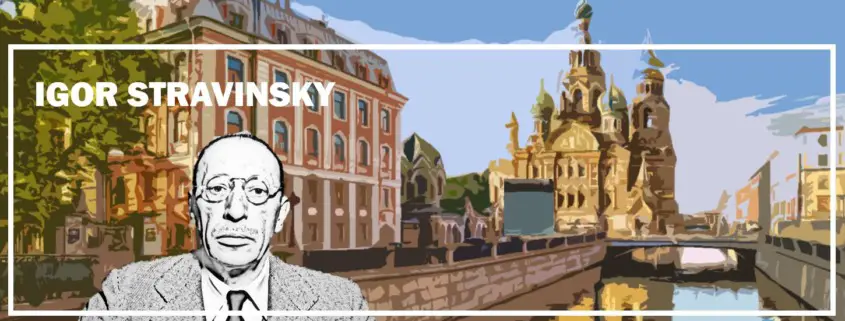
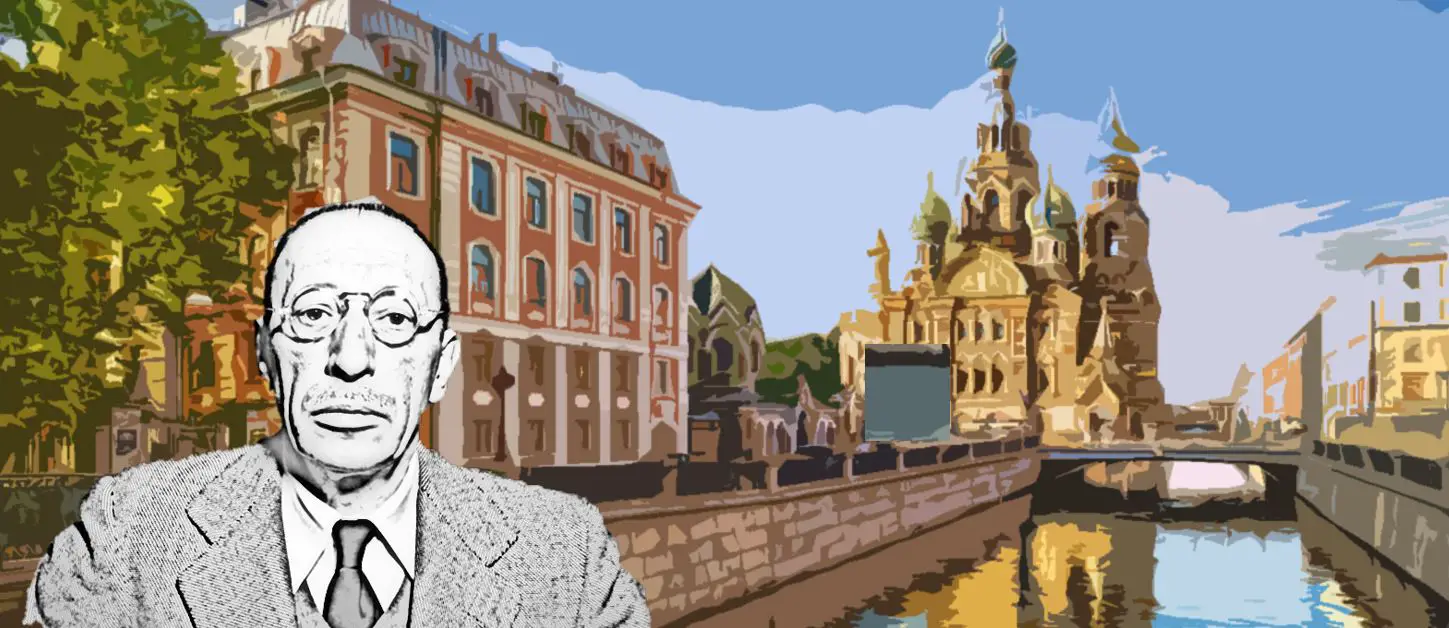


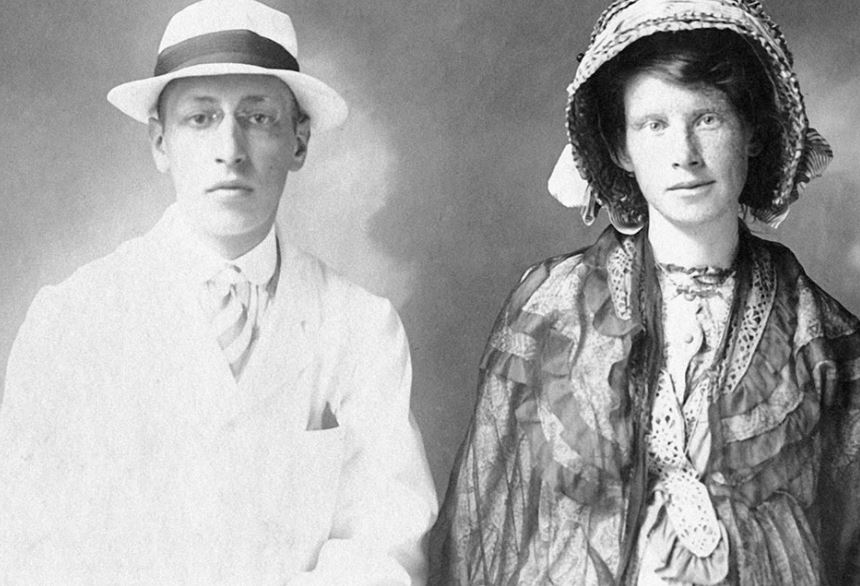
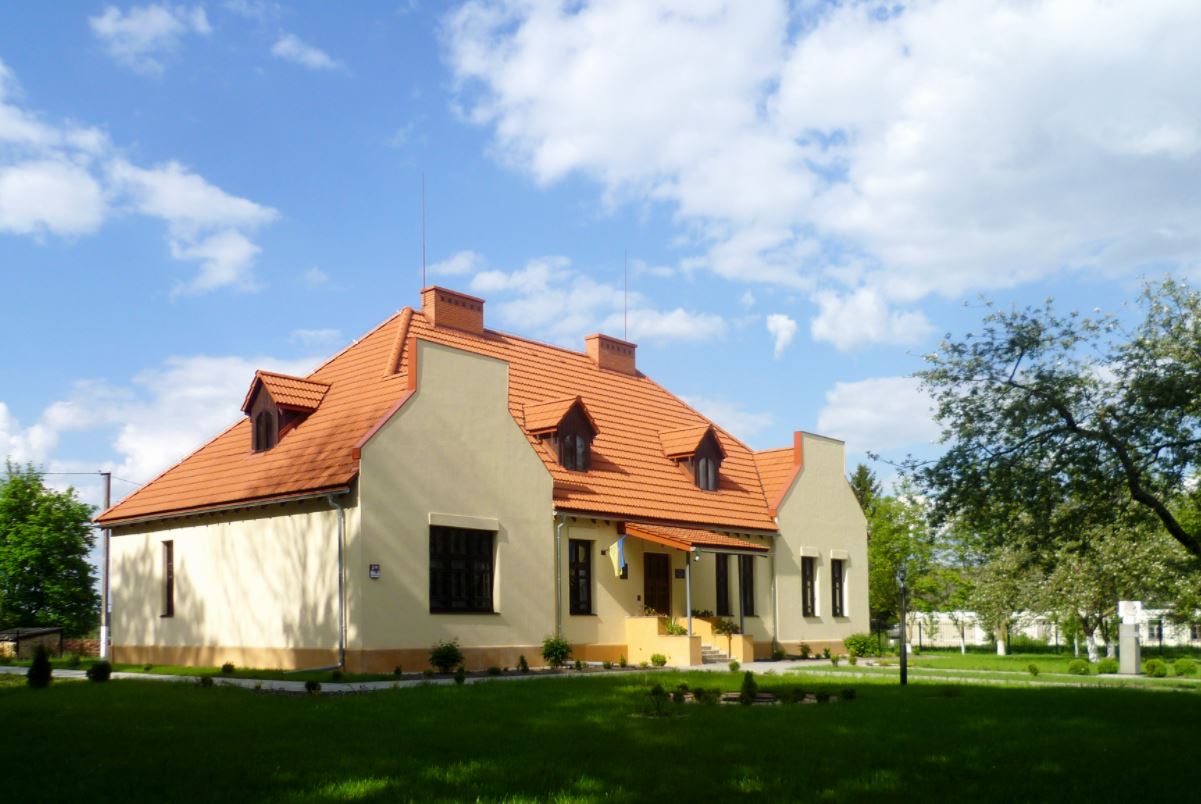
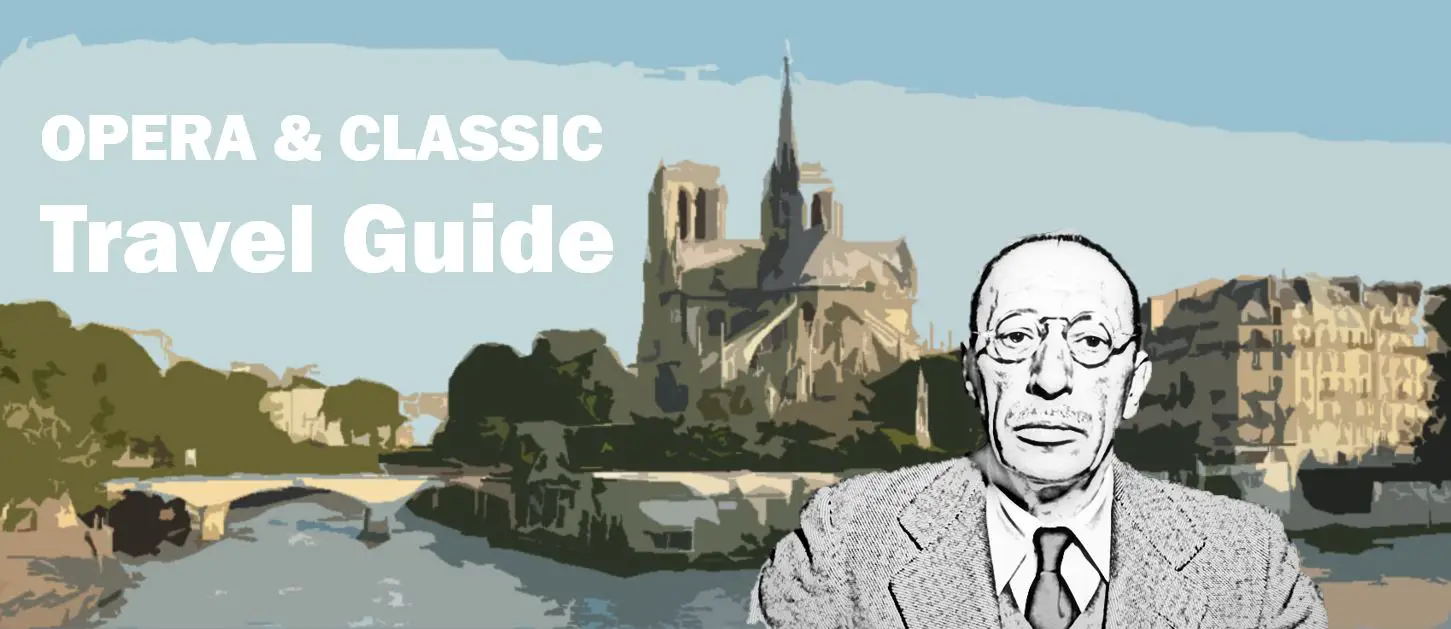
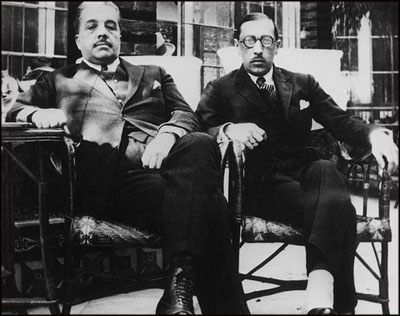
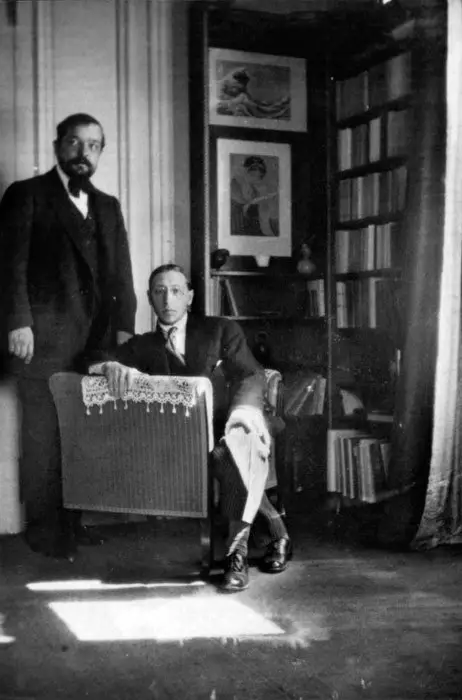
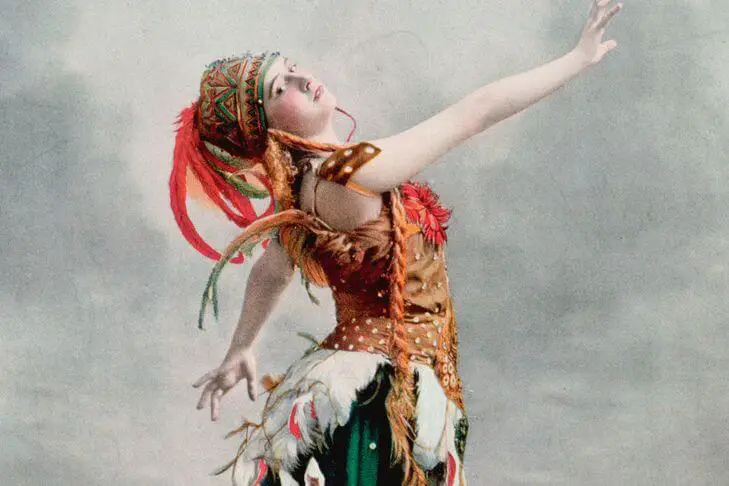

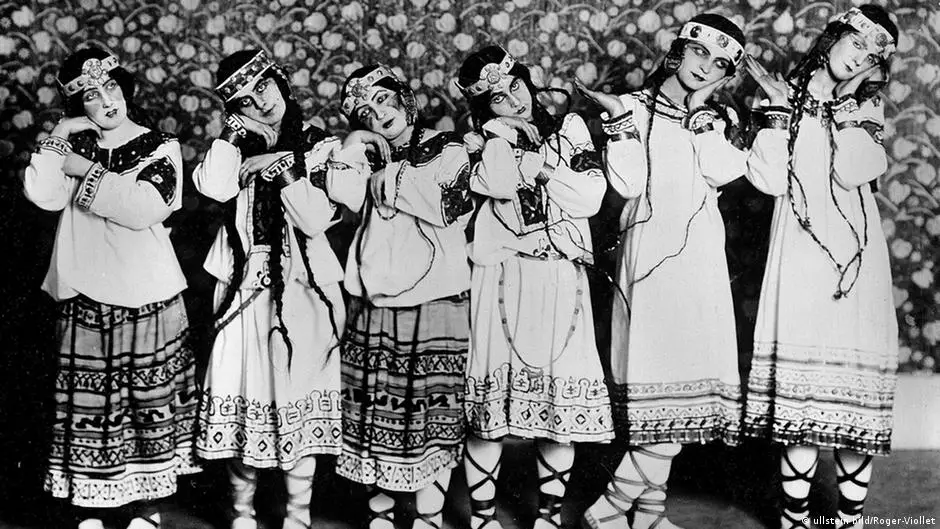
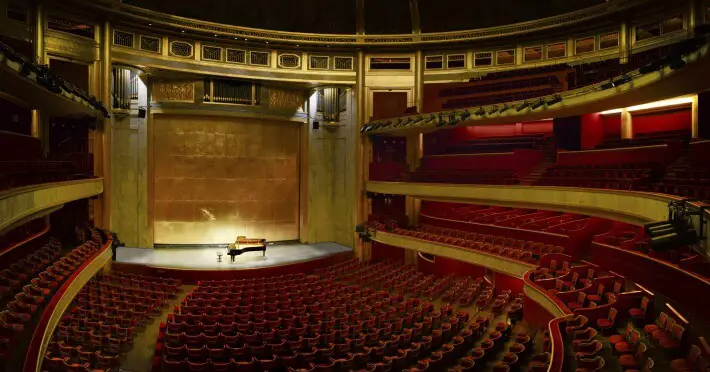
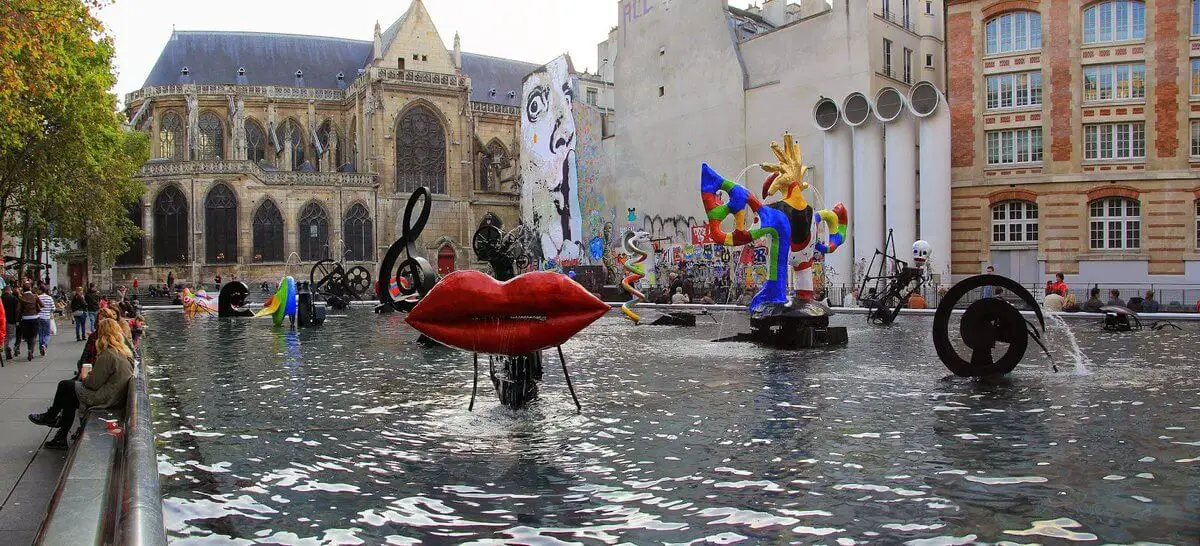
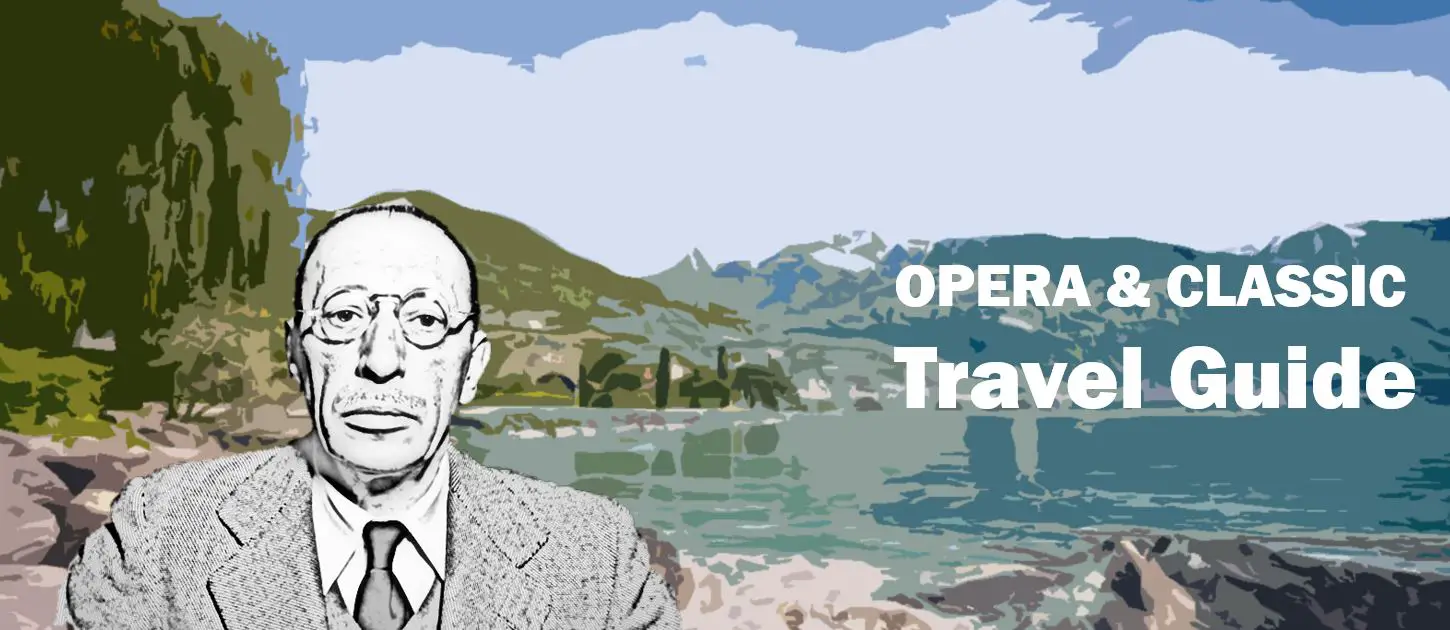
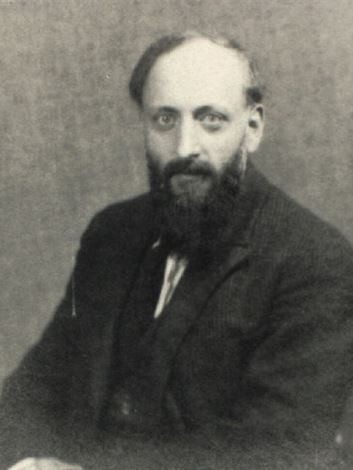
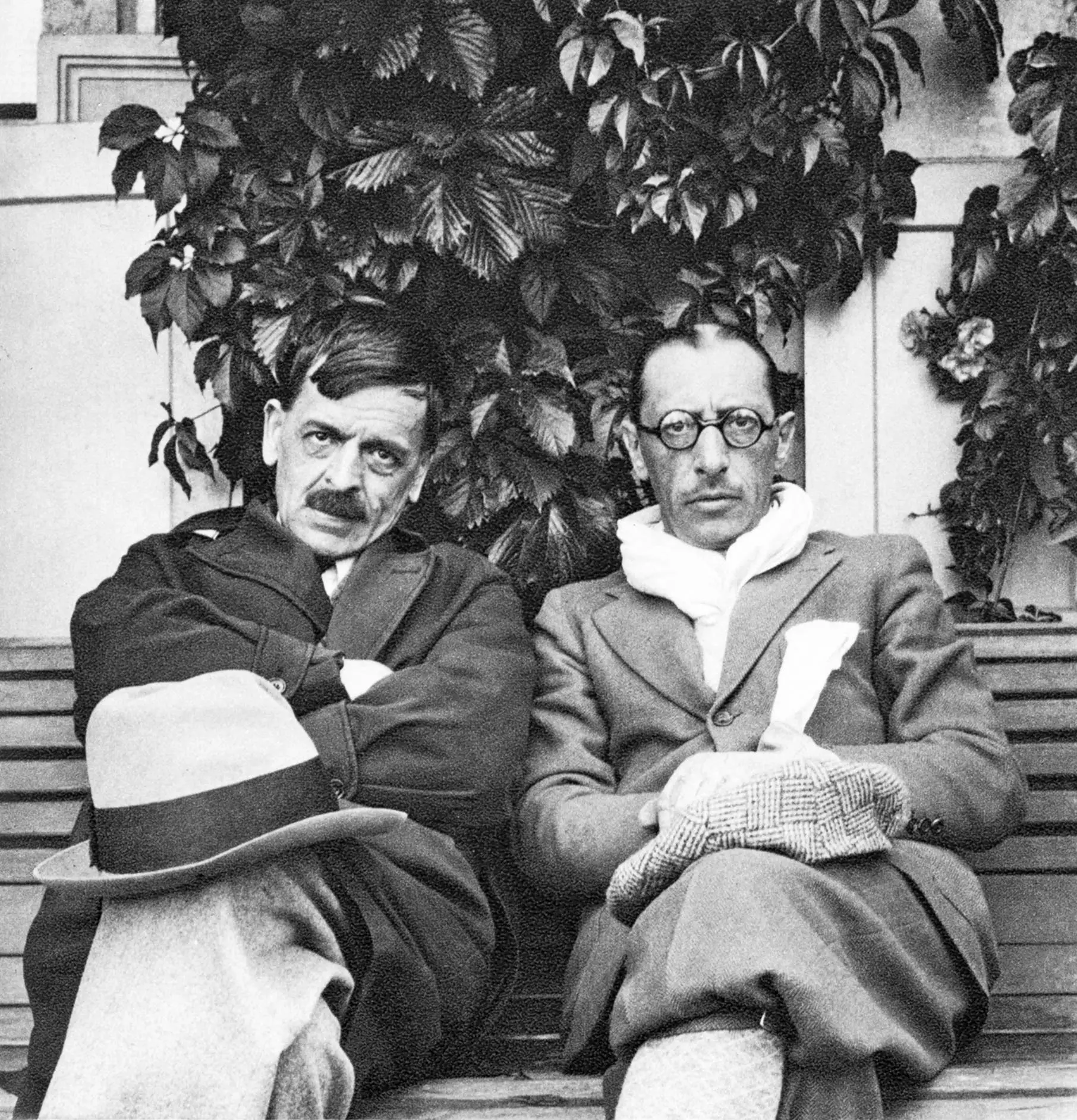
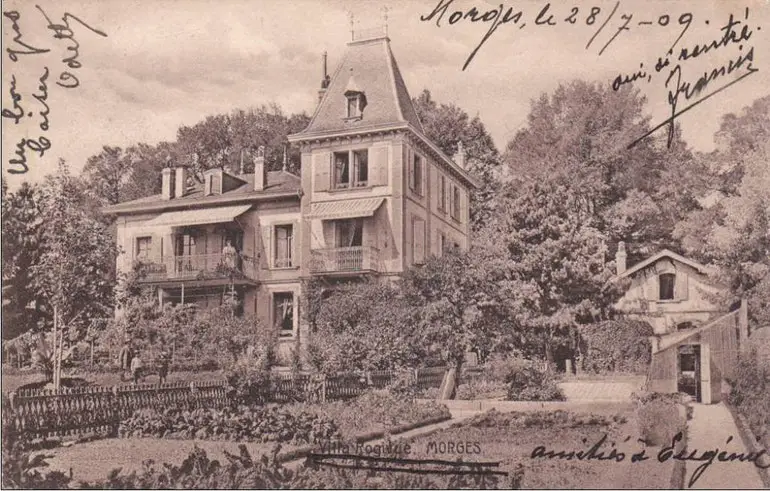
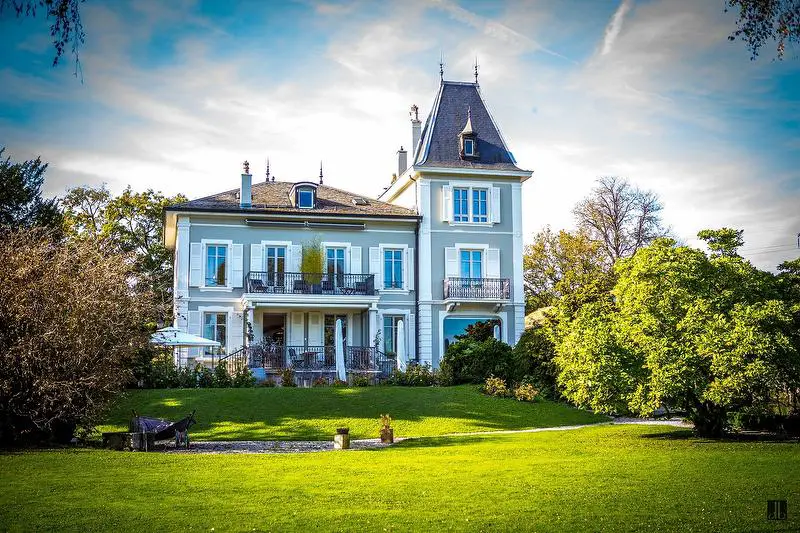
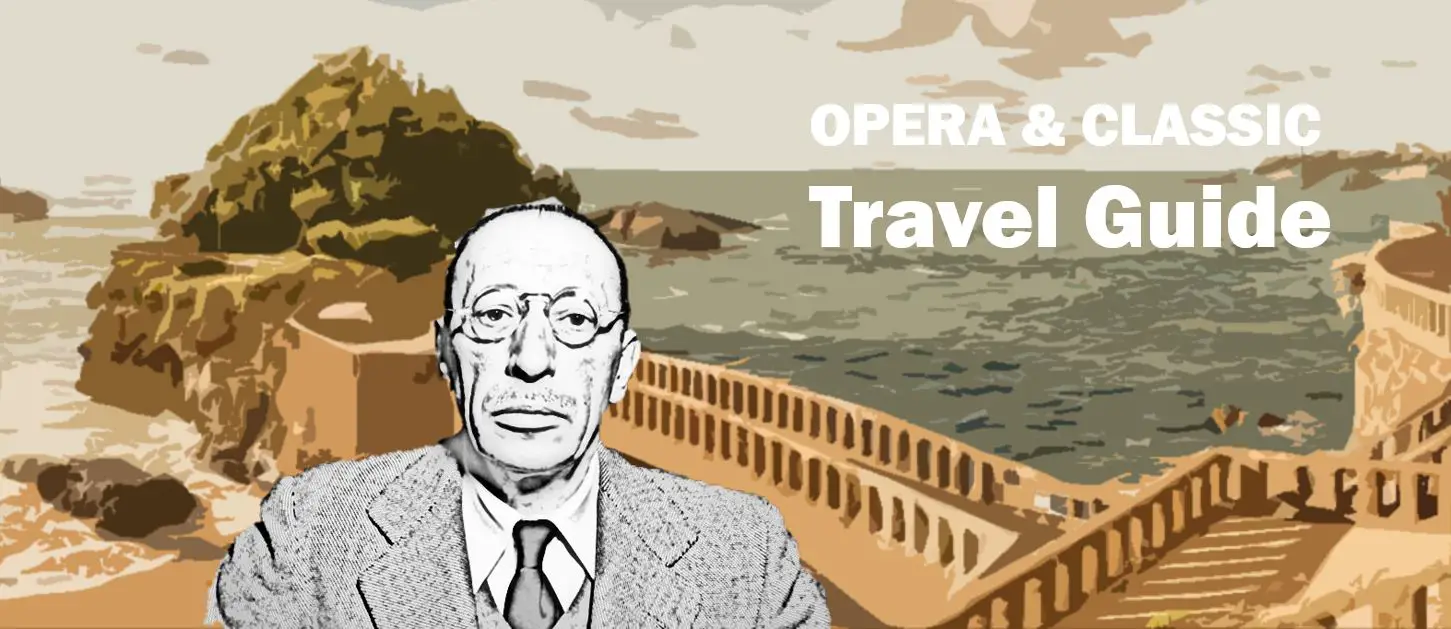
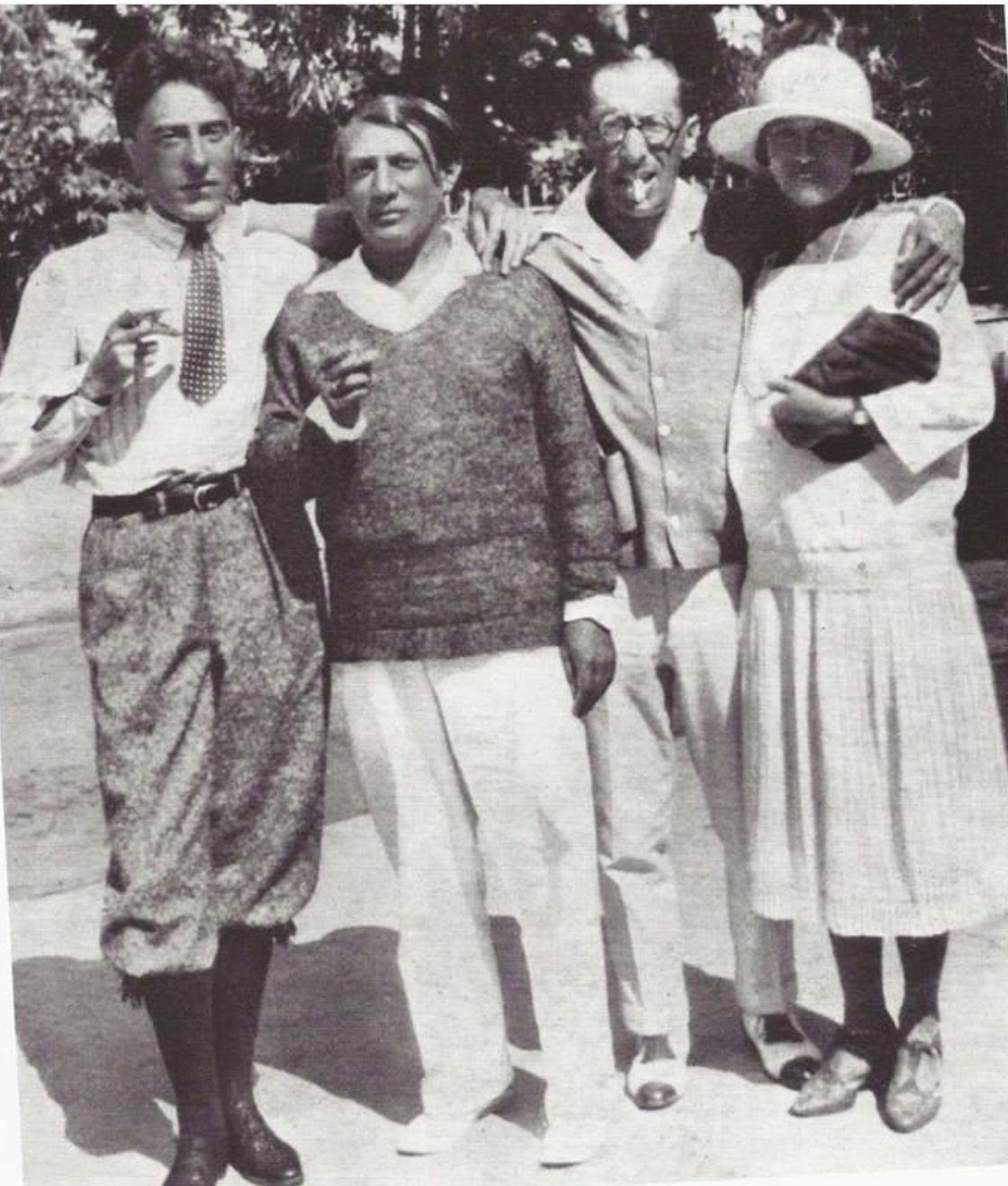
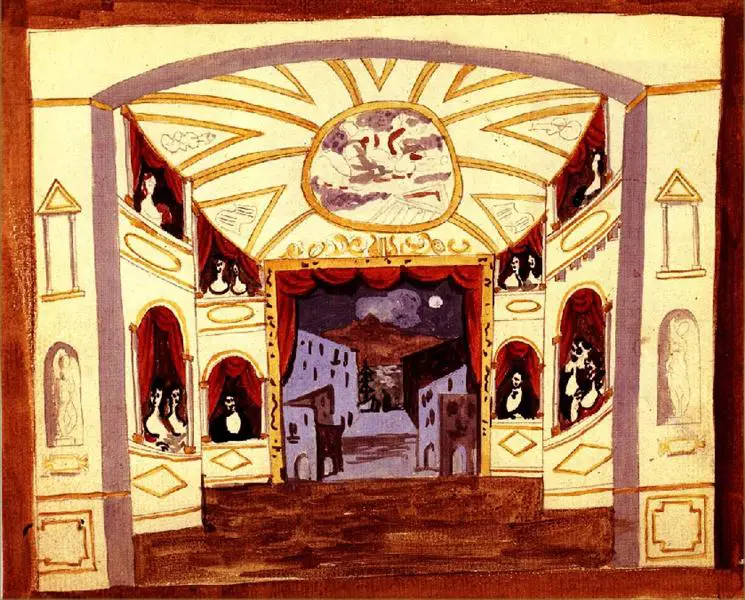
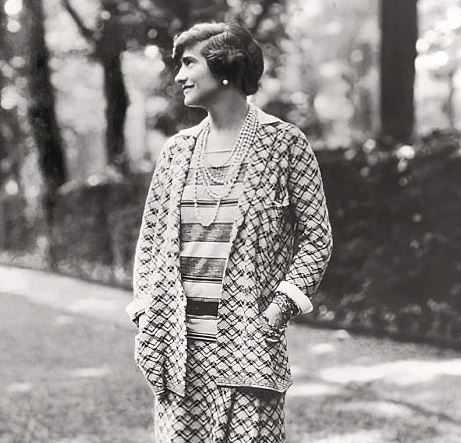
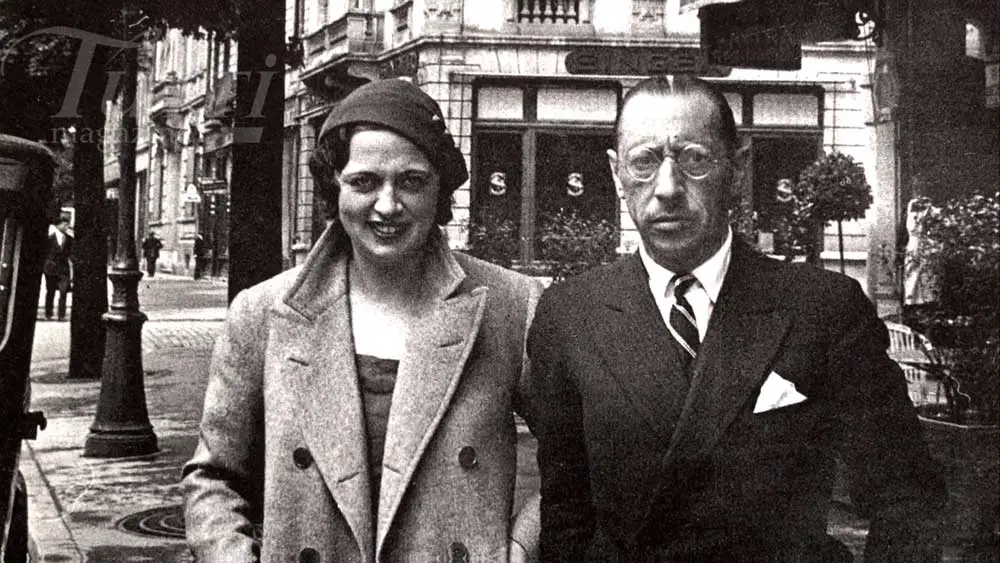
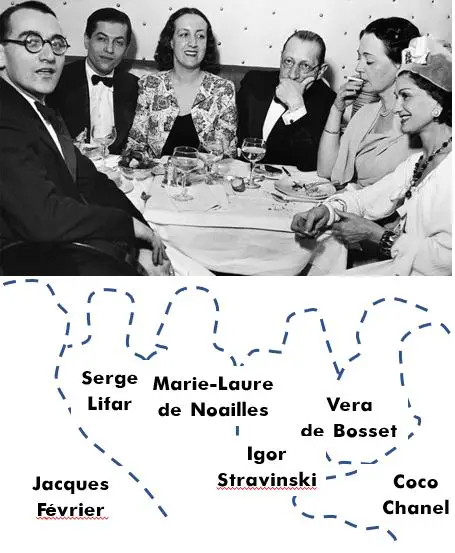

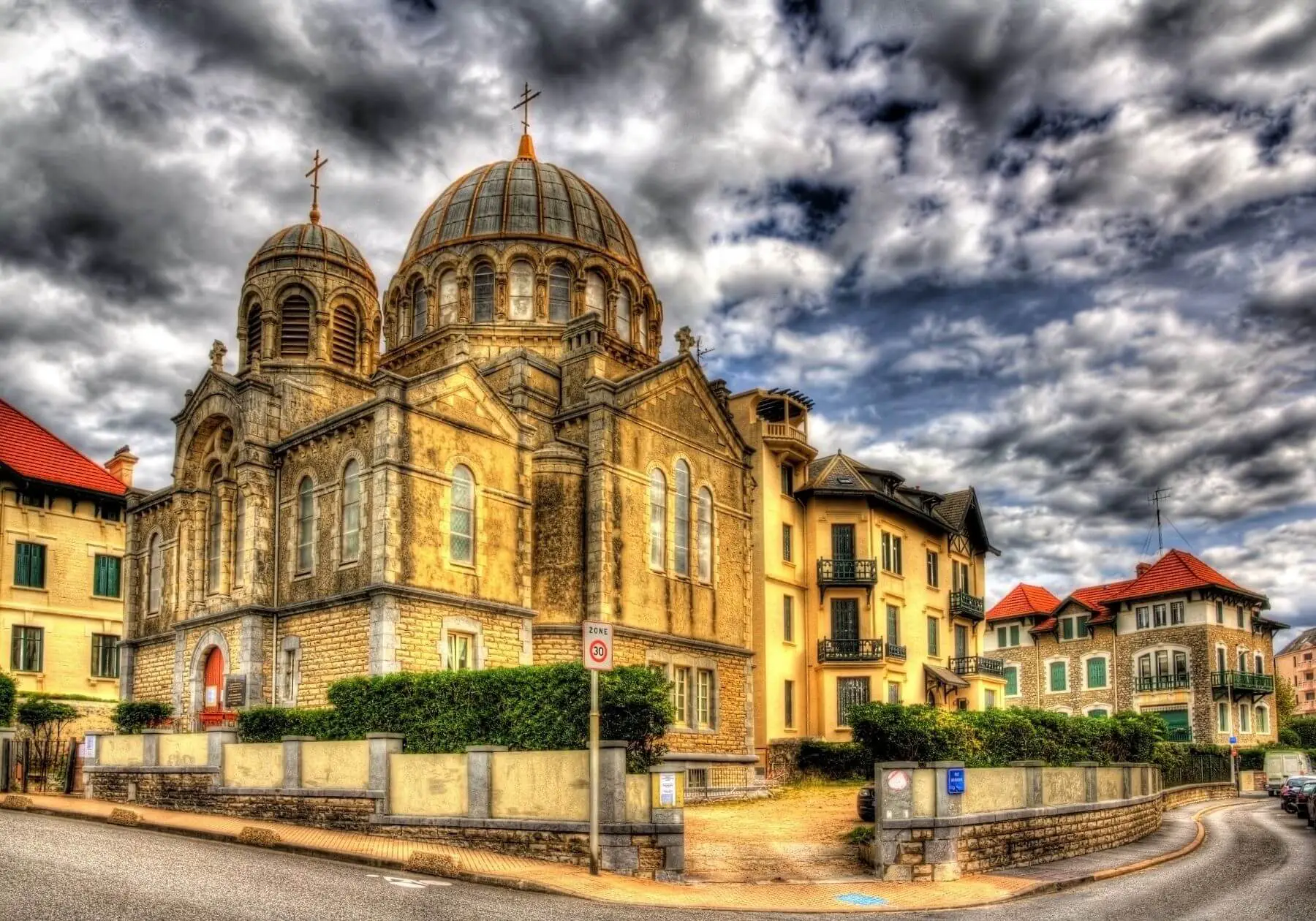
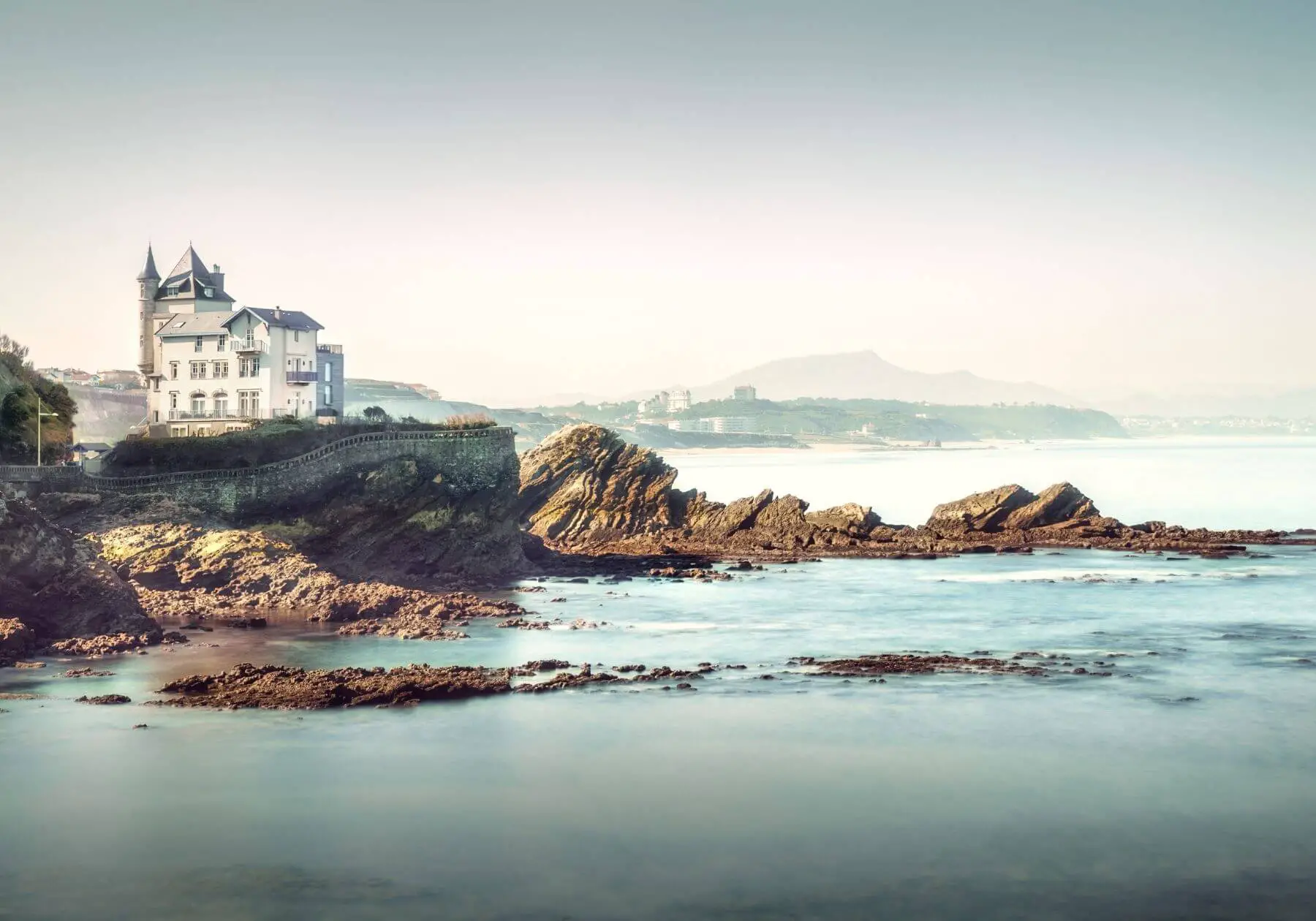
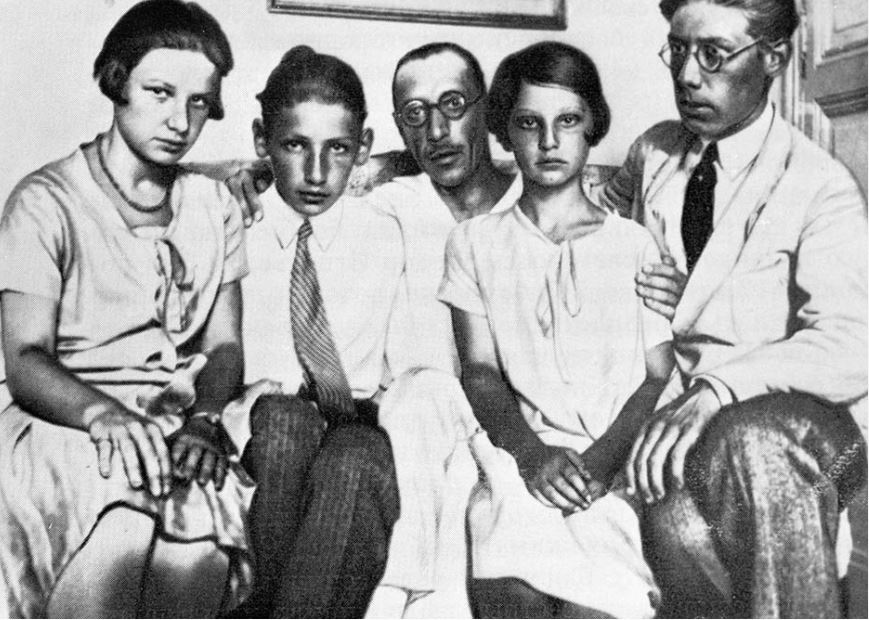
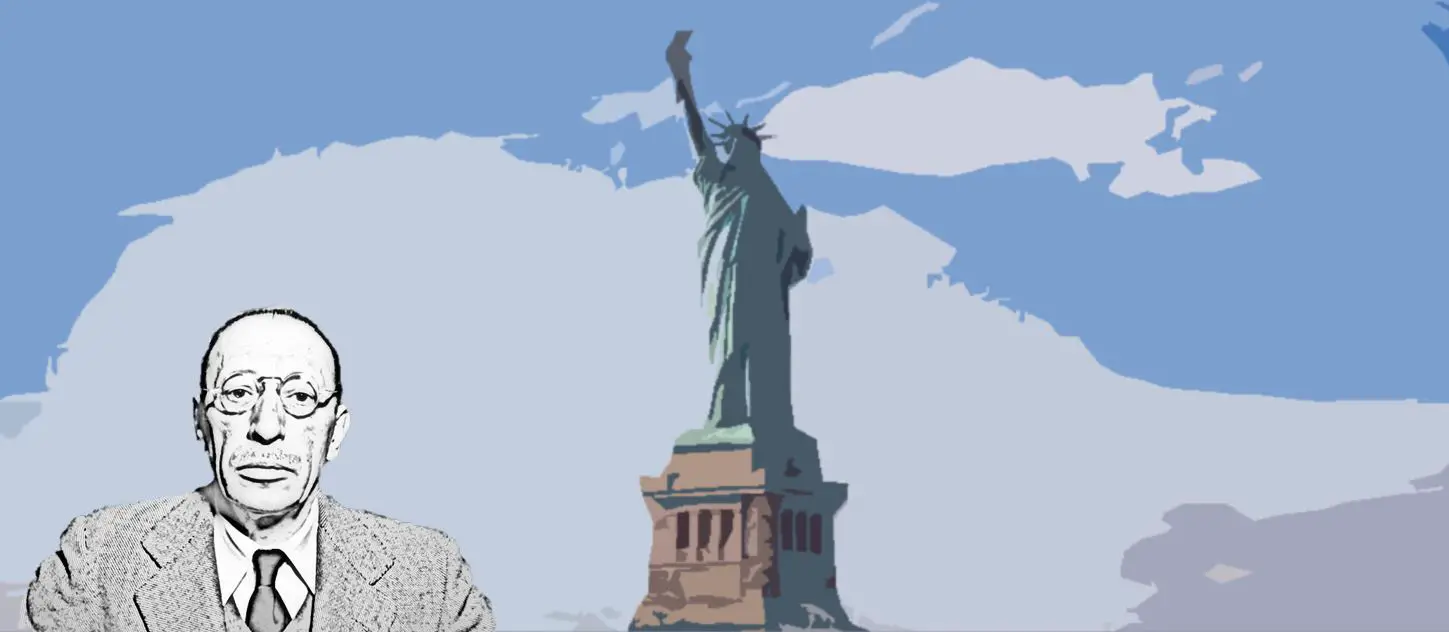
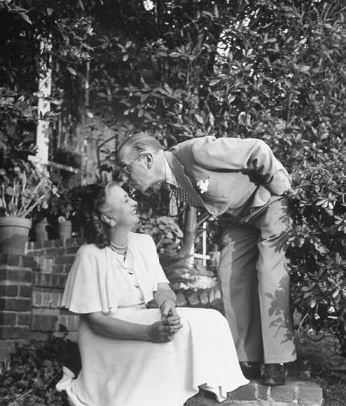
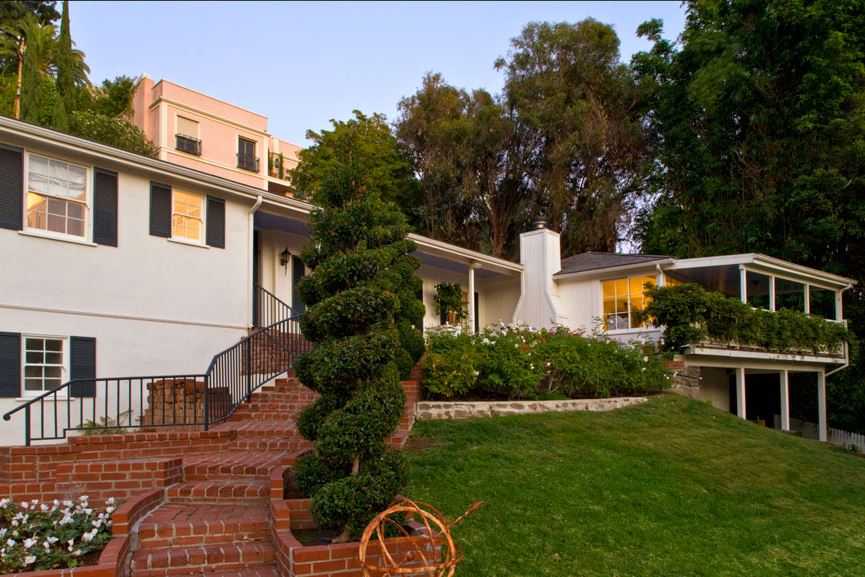
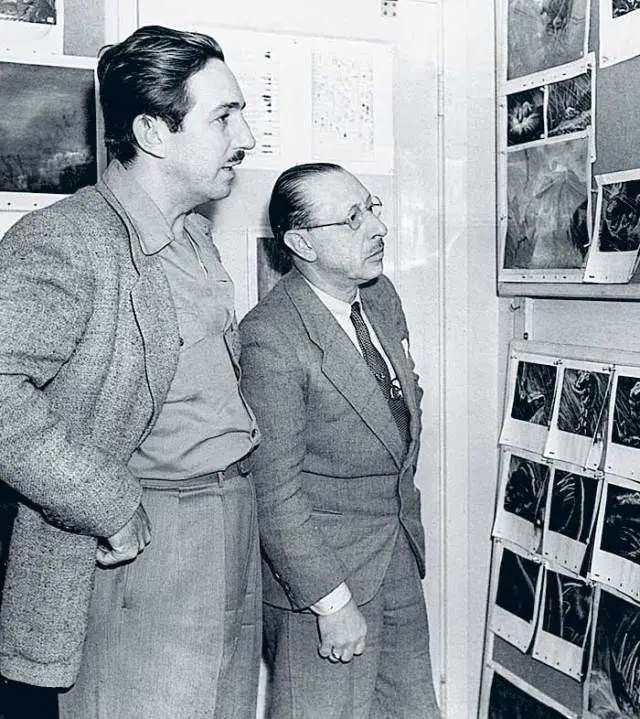
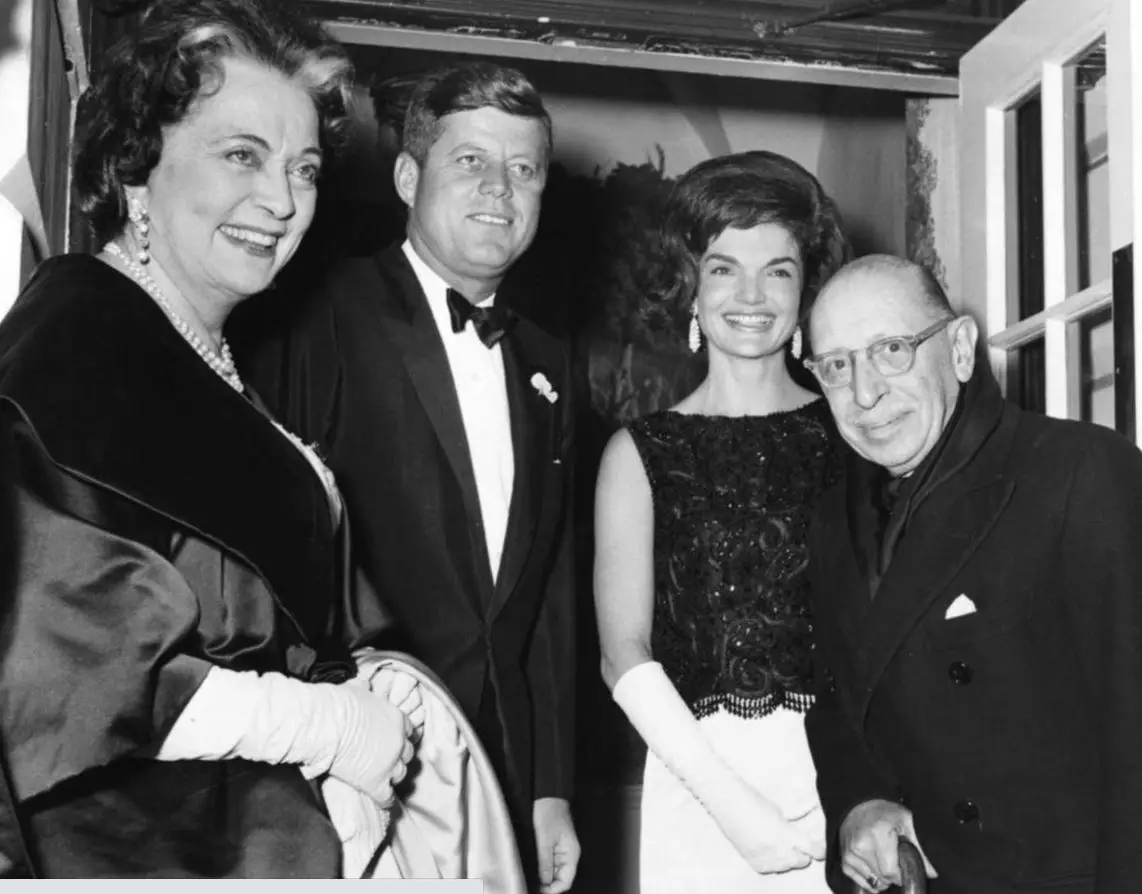
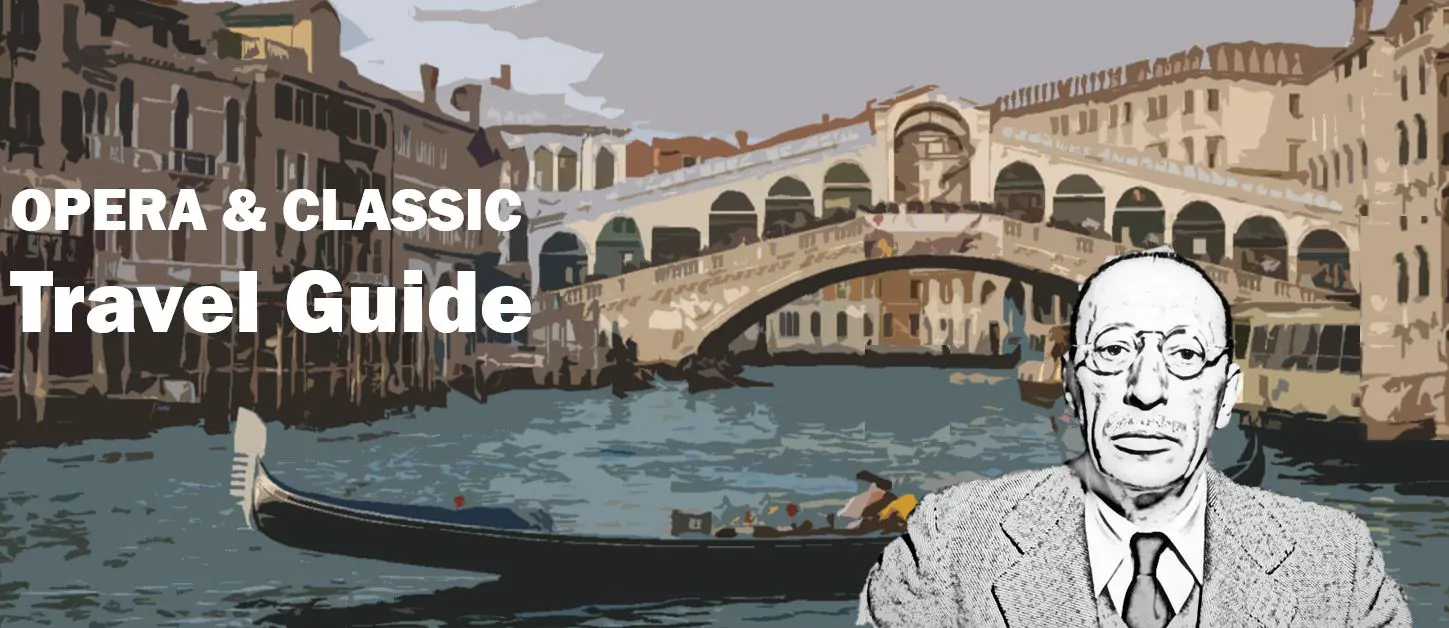

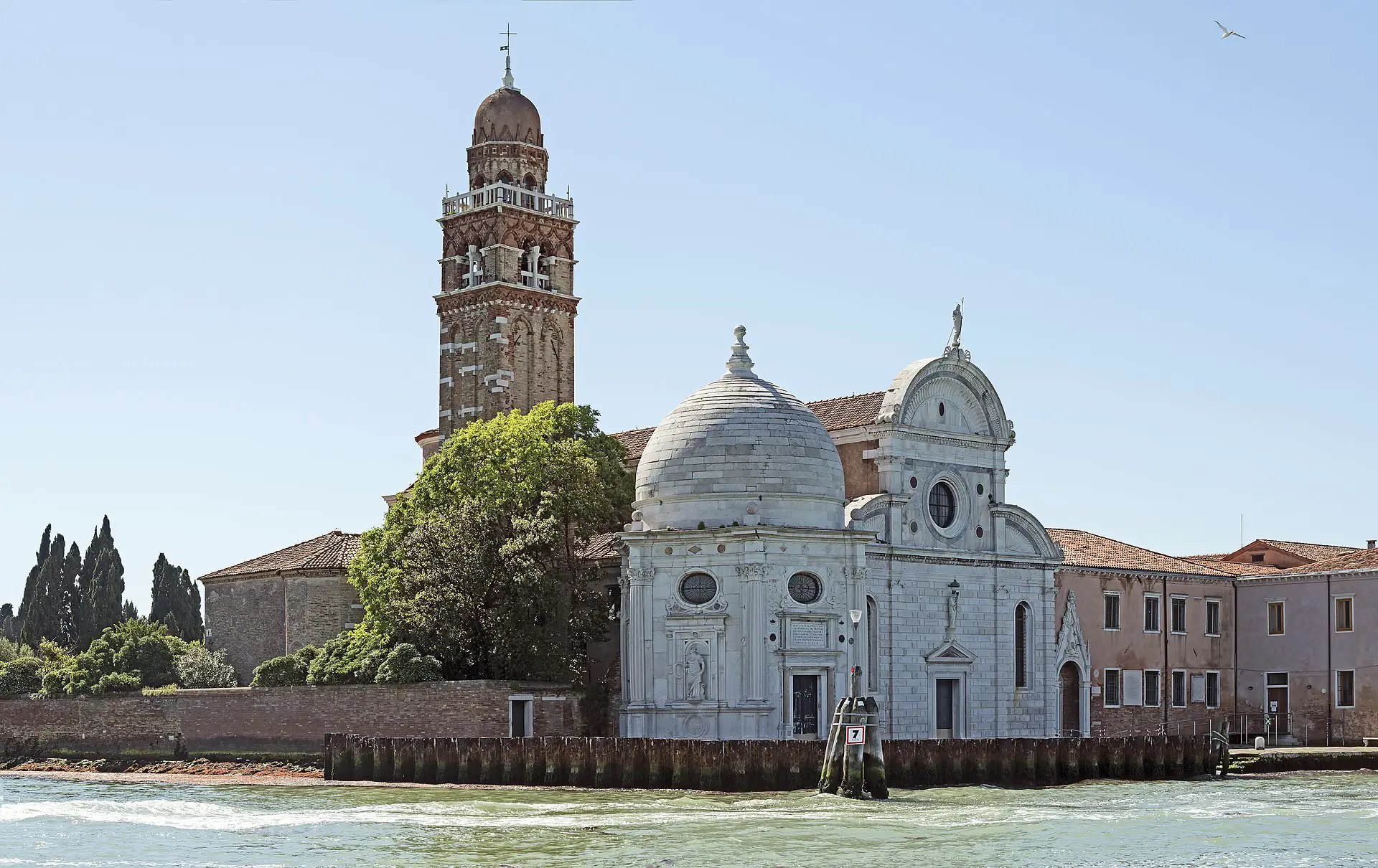


Leave a Reply
Want to join the discussion?Feel free to contribute!